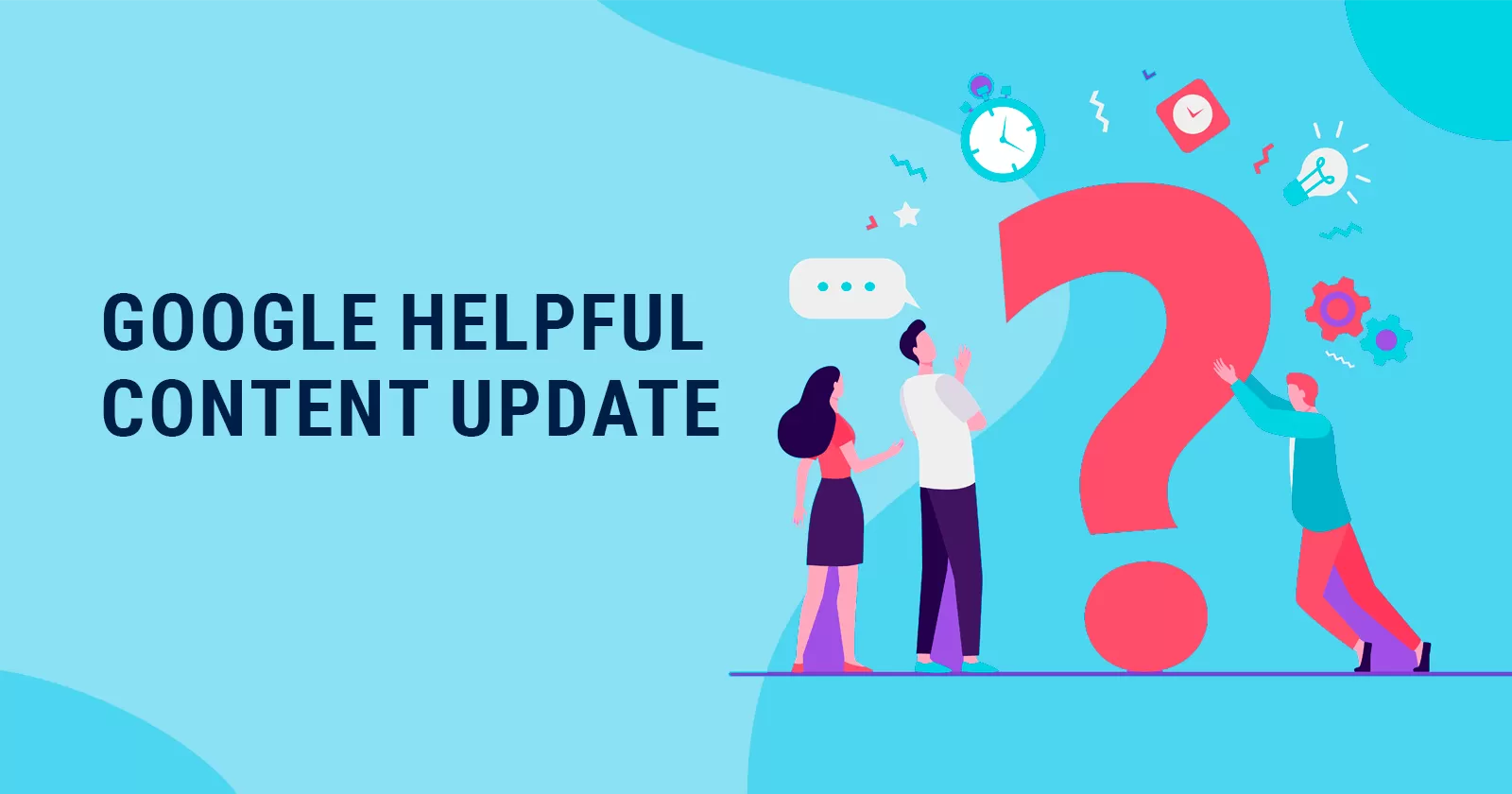Google Helpful Content Update: User Experience in SEO

In the dynamic landscape of SEO, Google consistently rolls out algorithm updates to enhance the user experience and deliver more relevant and useful content to its users. One such transformative update that has made waves in the SEO community is the “Helpful Content” update, launched in 2022 with the aim of prioritizing high-quality, informative, and user-centric content. The Helpful Content update represents a significant shift in how Google evaluates and ranks websites. In this comprehensive guide, we’ll delve into the intricacies of the Helpful Content update, exploring its inception, impact on SEO practices, and the strategies required to adapt and thrive in this user-focused environment.
Understanding the Helpful Content Update:
At its core, the Helpful Content update is designed to reward websites that prioritize creating content that is genuinely helpful, informative, and valuable to users. Unlike previous updates that may have emphasized technical SEO factors or keyword optimization, the Helpful Content update places a strong emphasis on the quality, relevance, and user-friendliness of content. Websites that offer comprehensive, well-researched, and easy-to-understand content are more likely to rank higher in search results, thereby enhancing their visibility and reach.
The Impact of the Helpful Content Update on Search Engine Results:
Since its introduction in 2022, the Helpful Content update has fundamentally transformed the SEO landscape, shifting the focus from quantity to quality. With this update, Google aims to filter out low-quality, thin, and spammy content, and prioritize websites that offer valuable and engaging content to users. This means that businesses must adapt their SEO strategies to prioritize:
- Comprehensive and In-Depth Content: Focusing on creating detailed, well-researched, and informative content that addresses the specific needs, questions, and queries of the target audience.
- User-Friendly and Accessible Content: Ensuring that the content is well-organized, easy to read, and accessible across devices, with clear headings, subheadings, and a logical structure.
- Engaging and Interactive Content: Incorporating multimedia elements such as images, videos, infographics, and interactive features to enhance user engagement and provide a richer browsing experience.
Adapting On-Page SEO Strategies: Embracing User-Centric Content Creation
In the era of the Helpful Content update, traditional on-page SEO tactics centered around keyword optimization and technical factors are no longer sufficient. Businesses must adapt their strategies to align with the principles of user-centric content creation. This involves:
- Semantic Keyword Optimization: Focusing on broader keyword themes and incorporating related terms and phrases that convey the context and intent behind user queries.
- Content Quality and Relevance: Prioritizing the creation of high-quality, informative, and engaging content that addresses the specific needs and queries of the target audience.
- User Experience (UX) Optimization: Ensuring that the website offers a seamless and intuitive browsing experience across devices, with fast loading times, easy navigation, and mobile-friendliness.
Optimizing Off-Page SEO: Building Authority and Trust with Helpful Content
Off-page SEO strategies have also evolved in the era of the Helpful Content update, with a renewed emphasis on building authority, trust, and relevance within the digital ecosystem. Key strategies include:
- Quality Backlinks: Acquiring high-quality backlinks from authoritative and relevant websites within the industry to enhance credibility and visibility in search results.
- Social Signals and Brand Mentions: Leveraging social media and other online platforms to build brand awareness, engage with the target audience, and generate positive social signals and brand mentions.
- Online Reputation Management: Monitoring and managing online reviews, feedback, and mentions to maintain a positive online reputation and enhance trustworthiness in the eyes of both users and search engines.
Conclusion:
The Helpful Content update, launched by Google in 2022, represents a significant advancement in Google’s quest to deliver more personalized, contextually relevant, and user-centric search experiences. As businesses and SEO professionals navigate the landscape shaped by this update, understanding and adapting to its principles is essential for maintaining visibility, relevance, and competitiveness in search results. By prioritizing user-centric content creation, semantic keyword optimization, and building authority and trust through off-page SEO efforts, businesses can harness the power of the Helpful Content update to enhance their online presence and drive sustainable growth in the digital age.


Leave a Reply